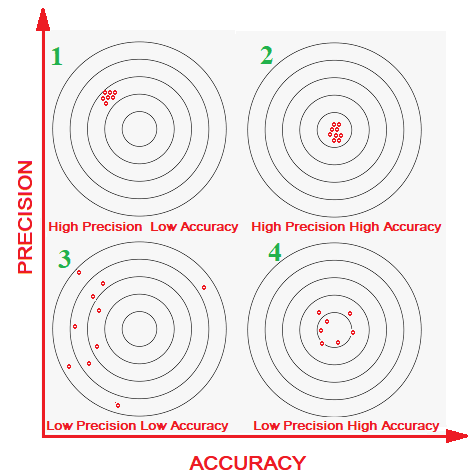Docb
Moderator
- Relationship to Diabetes
- Type 2
We get a lot of newbies on the forum who have been left to fend for themselves having been given a perfunctory diagnosis and a prescription so I thought I might record the other side of the coin.
Had my "annual" review yesterday. Face to face in the surgery. And thorough it was. All the proper checks, all the right questions asked all the proper records made.
Some highlights...
Was a little concerned that my HbA1c at 36 was too low. Took the view that if the HbAa1c was that low, then there was a real risk that my spot levels could be getting lower than was wise and bearing in mind my age and the fact that I am a carer it would be sensible to nudge it up to avoid any risk of going hypo whilst out! A message there for the occasional member seeking to reduce their HbA1c to very low levels. Agreed to do this by stopping the gliclazide.
She encouraged me to keep on testing to keep an eye on things and report back. My test results were the first thing she asked for. Told methat the local CCG had changed their preferred meter from the Accucheck to a Gluco something or other and to let her know if mine failed so that it could be replaced. A very different attitude to testing from what we often hear.
Told her that I had volunteered to help DUK by moderating on this forum and told her of the many newbies we see who are seemingly ignored by the system. She was a little dismayed at this.
Anyway, on balance a great review in a well organised surgery and a knowledgable and supportive DN. They are out there.
Had my "annual" review yesterday. Face to face in the surgery. And thorough it was. All the proper checks, all the right questions asked all the proper records made.
Some highlights...
Was a little concerned that my HbA1c at 36 was too low. Took the view that if the HbAa1c was that low, then there was a real risk that my spot levels could be getting lower than was wise and bearing in mind my age and the fact that I am a carer it would be sensible to nudge it up to avoid any risk of going hypo whilst out! A message there for the occasional member seeking to reduce their HbA1c to very low levels. Agreed to do this by stopping the gliclazide.
She encouraged me to keep on testing to keep an eye on things and report back. My test results were the first thing she asked for. Told methat the local CCG had changed their preferred meter from the Accucheck to a Gluco something or other and to let her know if mine failed so that it could be replaced. A very different attitude to testing from what we often hear.
Told her that I had volunteered to help DUK by moderating on this forum and told her of the many newbies we see who are seemingly ignored by the system. She was a little dismayed at this.
Anyway, on balance a great review in a well organised surgery and a knowledgable and supportive DN. They are out there.



